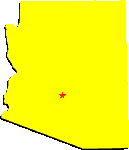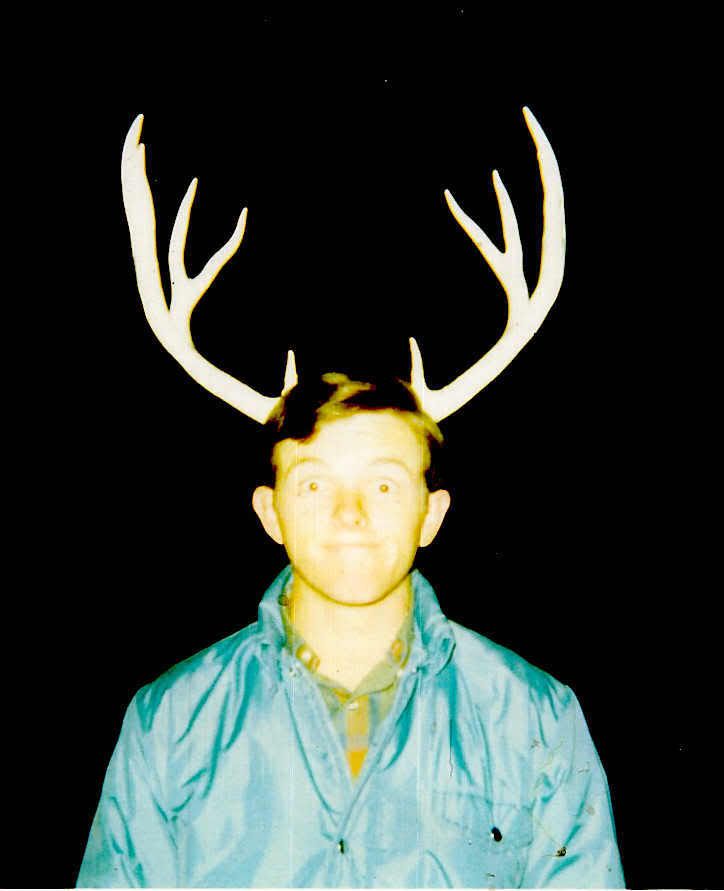
Reports from Southwestern Wyoming are that there has been a heavy winter mortality ( due to deep snow and extreme cold ) for the mule deer that migrate to the south (Red Desert). In contrast, apparently, deer that wintered in the area of all the oil wells ( Green River Basin ) came through the winter in good shape.
This area is home to Wyoming’s largest Mule Deer herd, and indeed, one of the largest in the world. Some sportsmen organizations are beating up on the WGnF for not feeding the mule deer. Personally, I support the WGnF in not feeding the deer, however, I think late hunts provide an alternative to letting deer starve or die to exposure.
There are now a growing number of wolves in SW Wyoming. So far, wolves have not impacted mule deer significantly on summer range, but unless some action is taken, the big doggies will soon be having a significant impact on the mule deer winter ranges.
Wyoming is now spending some money to create deer underpasses on the highway south of Cokeville, where it is believed that some 15,000 mule deer migrate between summer and winter ranges. This migration, in some cases – as long as 100 miles, may be the longest for mule deer, anywhere.
 For the hunter, it is already getting harder to draw a tag in Region G, due to last year’s addition of bonus points. Now, Wyoming will likely reduce the number of tags as well. Preliminary data indicates that the older bucks were not impacted as much as expected. A high percentage of the die-off was fawns, which will impact the number of mature bucks beginning in 2010.
For the hunter, it is already getting harder to draw a tag in Region G, due to last year’s addition of bonus points. Now, Wyoming will likely reduce the number of tags as well. Preliminary data indicates that the older bucks were not impacted as much as expected. A high percentage of the die-off was fawns, which will impact the number of mature bucks beginning in 2010.
 counted 2,126 mule deer during the October survey, which encompassed 21 study areas and 265.5 square miles in western North Dakota. Each spring, biologists survey the same study areas to determine a population index.
counted 2,126 mule deer during the October survey, which encompassed 21 study areas and 265.5 square miles in western North Dakota. Each spring, biologists survey the same study areas to determine a population index.





